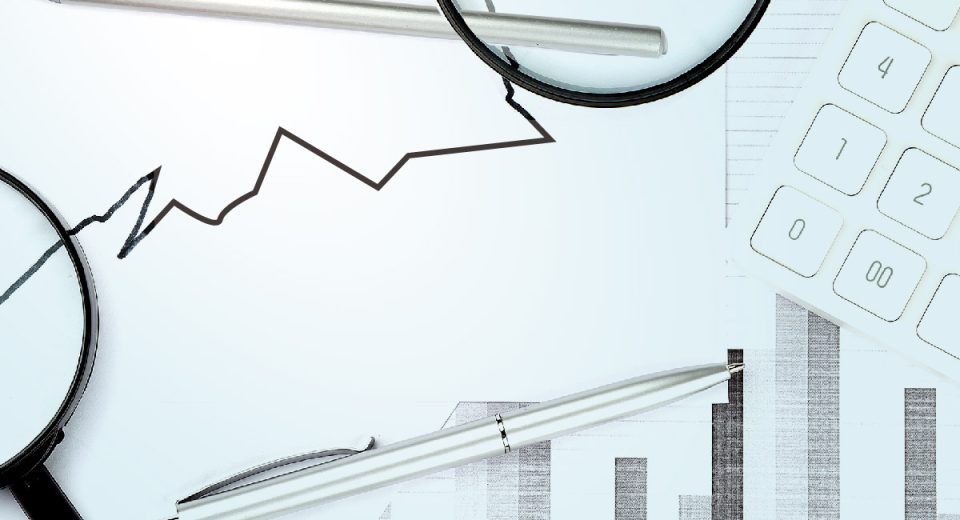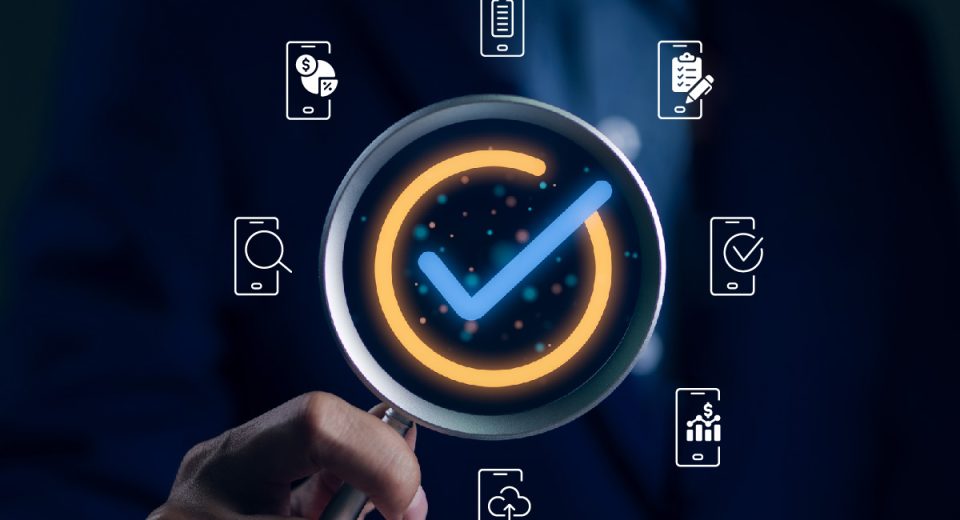Top Tips for Trading Precious Metals

Precious metals are considered valuable because they do not tarnish naturally, corrode, or oxidise, occur organically, and are rare. With diverse uses, from jewellery to electronic chips and medicine, these assets have made their way into multiple industries as raw materials, necessary components and sellable units. Precious metals are also known as stores of value. Gold is particularly considered a safe haven to hedge against inflation.
Which Metals are Precious?
There are 4 precious metals popular among traders:
-
Gold
Gold has been a store of value ever since human beings learned to mine metals. In the past few decades, its usage has expanded to medicine and electronics. Today, it enjoys the status of a safe haven.
-
Silver
The second most popular precious metal is popular because of its high malleability, anti-bacterial properties and conductivity. Its applications include water purification, dentistry, superconductor batteries and microcircuits.
-
Platinum
Platinum gained popularity much later than gold and silver. The silvery white metal is 30 times rarer than gold! In its pure form, it is used in jewellery and dentistry. Its most prominent application is in the form of an alloy, Cobalt, and for making anti-cancer drugs.
-
Palladium
Rarer and shinier than platinum, palladium is more durable than any of the precious metals. Yet, it is cheaper as it was discovered much later and has an abundant supply.
Tips to Trade Precious Metals
Here are the top 5 tips experts swear by to ace precious metal trading.
-
Keep an Eye on Industrial Output
One of the key drivers of the rare earth markets is industrial output. Their prices are inversely proportional to the supply. Major events, such as the discovery of a new reserve or the shutting down of a mine, directly impact the price of a precious metal. Traders need to keep themselves updated with the latest news from the metal industry.
-
Pay Attention to Cycles
Metals, especially gold, have quite apparent cycles and turning points. They help make short- and long-term trading decisions. Although the calendar-driven strategy is not the ultimate “best buy” strategy, it does create enough volatility to allow traders to take advantage of the precious metal market.
For instance, the gold price is known to soar during the Indian wedding and festival season from October to January, while globally, December and January are times of high jewellery demand. Since two-thirds of gold production goes into making jewellery, periods of high jewellery demand push the price.
Silver, on the other hand, shows strong upward movement from January to April, and then corrects until June. A key reason for this is that industrial orders are placed in the first quarter of the year, pushing the demand for the sparkling white metal and lifting its price.
Platinum and palladium, on the other hand, have seasonal rallies from August to meet the industrial demands that prepare for the December-January shopping season. The automobile industry accounts for 80% of the demand for palladium; hence its price is directly impacted by industrial demand. While stricter emission limits push the demand for palladium up, the eventual transition to EVs may push the palladium industry to find newer applications for the rare metal.
-
Use Appropriate Indicators
A one-size-fits-all strategy does not work while trading precious metals. Experienced traders choose the most appropriate indicators to make trading decisions for each metal.
Popularly, RSI and stochastic indicators, combined with the performance of mining company stocks, give insights into trading gold and silver. Also, gold is sensitive to any movement in the US dollar.
Silver traders use the gold-silver ratio, in addition to other chart indicators, as a predictor of price movement in silver. This is because gold reacts faster to market uncertainties or economic updates, and silver generally follows. However, silver has higher volatility and offers more opportunities for trading.
Platinum and palladium traders popularly use the RSI, Commodity Channel Index, and Williams Percent Range (%R) indicator for trading signals.
-
Watch out for Quantitative Easing and Interest Rate Changes
Since precious metals are favoured by fixed-return investors, interest rate decisions by the US Federal Reserve impact metal prices. However, a more important factor is movement in the US dollar valuation in response to a Fed decision.
Rising inflation is good for the precious metals industry. Quantitative easing, on the other hand, dilutes the value of the currency, making it more expensive to buy reliable stores of value. This weighs on the precious metals market.
-
Wait For Pattern Confirmations
The markets are fractal in nature and patterns tend to repeat under certain conditions and should take positions only if these conditions are met. In addition, experienced traders prefer to confirm a signal by using another indicator to form a reliable trading strategy.
Trading Precious Metals
Although precious metals can be traded as bullion, this form of trading entails a higher capital requirement. Derivative instruments, on the other hand, allow traders to gain exposure to precious metals even with limited capital. CFDs facilitate opening much larger positions than the funds in your trading account due to the availability of leverage. They also enable traders to speculate on both rising and declining markets.
For instance, palladium declined about 28% YTD by the end of September 2023. CFD traders could take short positions to take advantage of declining palladium prices.
But remember that leverage amplifies both profit and loss potential. Don’t forget to include a robust risk management strategy, such as setting stop loss and take profit limits.
To Sum Up
- Gold, silver, platinum and palladium are the most popularly traded precious metals.
- Traders keep an eye on supply and demand to make effective trading decisions.
- Keep track of seasonality to take advantage of higher volatility and liquidity in the precious metals markets.
- Use relevant and efficient indicators for trading each metal.
- Confirm patterns and signals with additional indicators before taking positions.
- Trading precious metals with CFDs allows high exposure with less capital.
- Exercise robust risk management when using leverage.
Disclaimer:
All data, information and materials are published and provided “as is” solely for informational purposes only, and is not intended nor should be considered, in any way, as investment advice, recommendations, and/or suggestions for performing any actions with financial instruments. The information and opinions presented do not take into account any particular individual’s investment objectives, financial situation or needs, and hence does not constitute as an advice or a recommendation with respect to any investment product. All investors should seek advice from certified financial advisors based on their unique situation before making any investment decisions in accordance to their personal risk appetite. Blackwell Global endeavours to ensure that the information provided is complete and correct, but make no representation as to the actuality, accuracy or completeness of the information. Information, data and opinions may change without notice and Blackwell Global is not obliged to update on the changes. The opinions and views expressed are solely those of the authors and analysts and do not necessarily represent that of Blackwell Global or its management, shareholders, and affiliates. Any projections or views of the market provided may not prove to be accurate. Past performance is not necessarily an indicative of future performance. Blackwell Global assumes no liability for any loss arising directly or indirectly from use of or reliance on such information herein contained. Reproduction of this information, in whole or in part, is not permitted.




